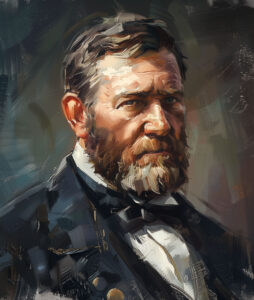An Election Unlike Any Other
Over the course of the next 12 months a presidential election unlike any we’ve seen in American history is likely to unfold. Not since 1952 has the race for the White House been so wide open, with neither an incumbent president nor vice president on the ballot. This unusual circumstance is made even more intriguing and historically significant as the Democratic Party frontrunners—Hillary Clinton and Barack Obama—have broken through barriers that have been impenetrable since the country’s founding. The inevitability of a woman or African American one day being a major party candidate for president has been within sight for years, but few could have predicted the scenario now playing out.
The contest’s wide-open nature has lengthened to an unprecedented degree. The campaign season has been in high gear for nearly a year and has featured no less than 19 declared contenders for the two major parties. Various states and their party organizations—to the consternation of the national party leaders—are still jockeying for position in the primary season in an effort to ensure they are early enough to make a difference. The party nominating conventions, traditionally held within three months of the November election, now seem as quaint—and as relevant—as the telegraph. All of this is playing out in a country divided by war, extreme partisanship and passions stirred by memories of the 2000 and 2004 presidential elections whose results have been widely challenged.
The Constitution makes no reference to political parties, primaries or conventions. The Founders, in fact, sought to keep the new nation from drifting into factionalism. That hope, however, faded quickly as the country grew divided over domestic and international issues and the ever-present push and pull between advocates of strong central government and those asserting states rights. By 1799, in anticipation of the next year’s presidential election, Federalists and Republicans were hardening their positions and sharpening their knives as the very first real presidential campaign—with all its partisan mud-slinging—was set to begin. Seeking an edge, a number of states altered their process for choosing presidential electors. As a protracted election process dragged on for 16 months, the 1800 election exhibited many of the hallmarks of our modern campaigns.
In this month’s cover story, Pulitzer Prize–winning author Edward Larson revisits the pivotal election of 1800. Its chaotic conclusion challenged the young nation’s constitutional foundations, threatened to ignite armed rebellion, discarded the vision of consensus politics and firmly entrenched the two-party system, foretelling the tenor of presidential campaigns that has prevailed for two centuries. It was an election unlike any other, exposing the fragility of what was still an experiment in governance—but ultimately revealing the underlying principles that have affirmed unity in the face of bitter partisanship time and again.




